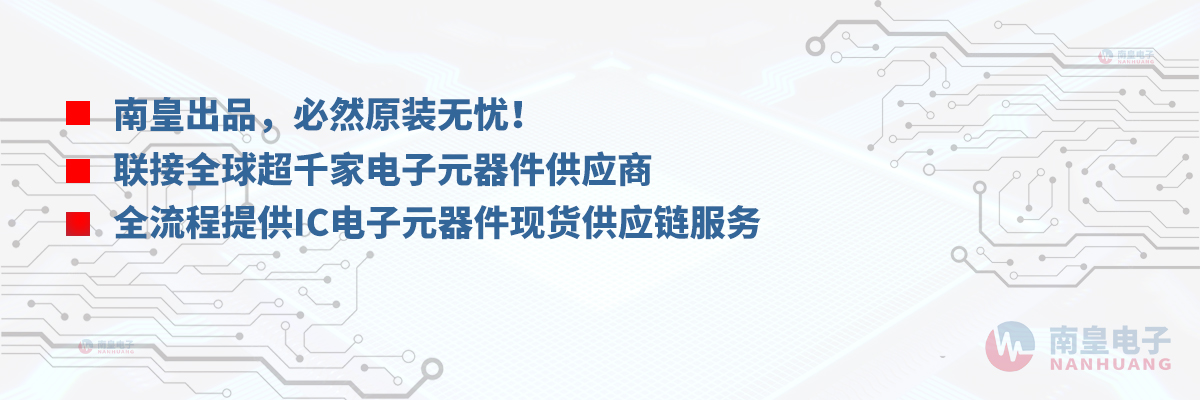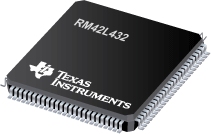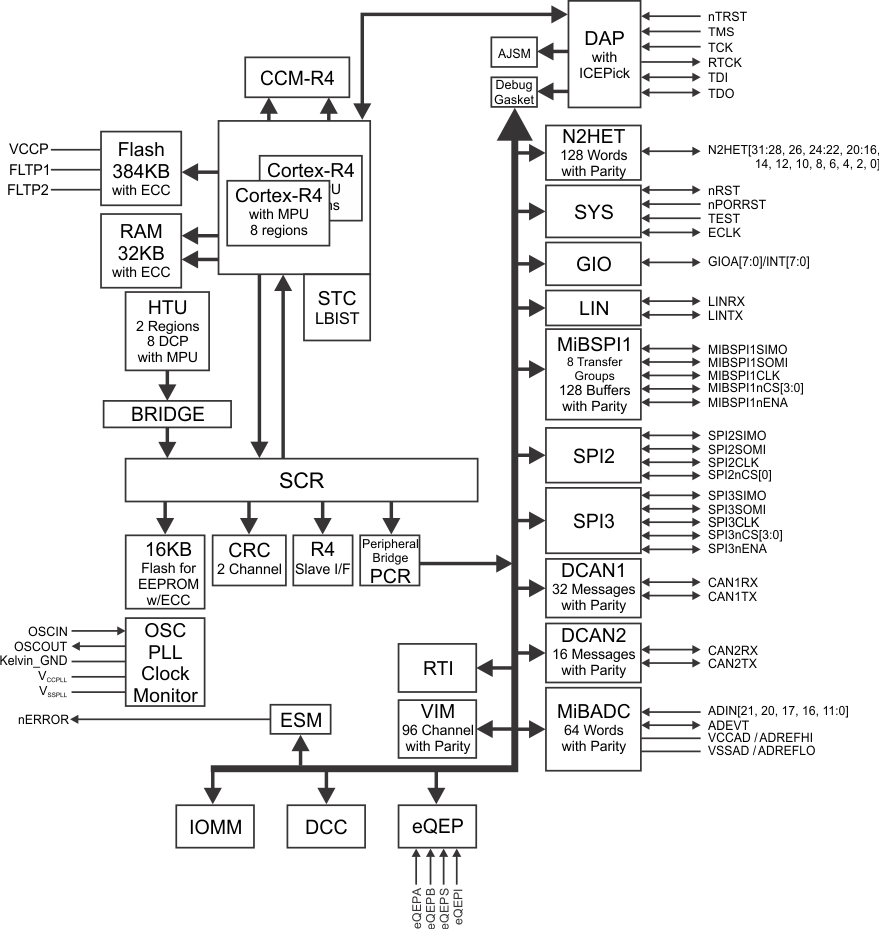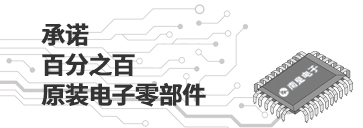

RM42L432是TI公司的一款安全产品,RM42L432是16/32 位 RISC 闪存微处理器,本页介绍了RM42L432的产品说明、应用、特性等,并给出了与RM42L432相关的TI元器件型号供参考。
RM42L432 - 16/32 位 RISC 闪存微处理器 - 安全 - 高性能MCU - TI公司(Texas Instruments,德州仪器)
- High-Performance Microcontroller for Safety-Critical Applications
- Dual CPUs Running in Lockstep
- ECC on Flash and RAM Interfaces
- Built-In Self-Test for CPU and On-Chip RAMs
- Error Signaling Module With Error Pin
- Voltage and Clock Monitoring
- ARM®Cortex®-R4 32-Bit RISC CPU
- Efficient 1.66 DMIPS/MHz With 8-Stage Pipeline
- 8-Region Memory Protection Unit (MPU)
- Open Architecture With Third-Party Support
- Operating Conditions
- 100-MHz System Clock
- Core Supply Voltage (VCC): 1.2-V Nominal
- I/O Supply Voltage (VCCIO): 3.3-V Nominal
- ADC Supply Voltage (VCCAD): 3.3-V Nominal
- Integrated Memory
- 384KB of Program Flash With ECC
- 32KB of RAM With ECC
- 16KB of Flash for Emulated EEPROM With ECC
- Hercules™ Common Platform Architecture
- Consistent Memory Map Across Family
- Real-Time Interrupt (RTI) Timer (OS Timer)
- 96-Channel Vectored Interrupt Module (VIM)
- 2-Channel Cyclic Redundancy Checker (CRC)
- Frequency-Modulated Phase-Locked Loop (FMPLL) With Built-In Slip Detector
- IEEE 1149.1 JTAG Boundary Scan and ARM CoreSight™ Components
- Advanced JTAG Security Module (AJSM)
- Multiple Communication Interfaces
- Two CAN Controllers (DCANs)
- DCAN1 - 32 Mailboxes With Parity Protection
- DCAN2 - 16 Mailboxes With Parity Protection
- Compliant to CAN Protocol Version 2.0B
- Multibuffered Serial Peripheral Interface (MibSPI) Module
- 128 Words With Parity Protection
- Two Standard Serial Peripheral Interface (SPI) Modules
- UART (SCI) Interface With Local Interconnect Network (LIN 2.1) Interface Support
- Two CAN Controllers (DCANs)
- Next Generation High-End Timer (N2HET) Module
- Up to 19 Programmable Pins
- 128-Word Instruction RAM With Parity Protection
- Includes Hardware Angle Generator
- Dedicated High-End Timer Transfer Unit (HTU) With MPU
- Enhanced Quadrature Encoder Pulse (eQEP) Module
- Motor Position Encoder Interface
- 12-Bit Multibuffered Analog-to-Digital Converter (ADC) Module
- 16 Channels
- 64 Result Buffers With Parity Protection
- Up to 45 General-Purpose Input/Output (GPIO) Pins
- 8 Dedicated Interrupt-Capable GPIO Pins
- Package
- 100-Pin Quad Flatpack (PZ) [Green]
- Industrial Safety Applications
- Industrial Automation
- Safe Programmable Logic Controllers (PLCs)
- Power Generation and Distribution
- Turbines and Windmills
- Elevators and Escalators
- Medical Applications
- Ventilators
- Defibrillators
- Infusion and Insulin Pumps
- Radiation Therapy
- Robotic Surgery
The RM42L432 device is a high-performance microcontroller for safety systems. The safety architecture includes dual CPUs in lockstep, CPU and Memory BIST logic, ECC on both the flash and the data SRAM, parity on peripheral memories, and loopback capability on peripheral I/Os.
The RM42L432 device integrates the ARM Cortex-R4 CPU. The CPU offers an efficient 1.66DMIPS/MHz, and has configurations that can run up to 100 MHz, providing up to 166 DMIPS. The device operates in little-endian (LE) mode.
The RM42L432 device has 384KB of integrated flash and 32KB of data RAM. Both the flash and RAM have single-bit error correction and double-bit error detection. The flash memory on this device is a nonvolatile, electrically erasable, and programmable memory implemented with a 64-bit-wide data bus interface. The flash operates on a 3.3-V supply input (the same level as I/O supply) for all read, program, and erase operations. When in pipeline mode, the flash operates with a system clock frequency of up to 100 MHz. The SRAM supports single-cycle read and write accesses in byte, halfword, word, and double-word modes throughout the supported frequency range.
The RM42L432 device features peripherals for real-time control-based applications, including a Next Generation High-End Timer (N2HET) timing coprocessor with up to 19 I/O terminals and a 12-bit Analog-to-Digital Converter (ADC) supporting 16 inputs in the 100-pin package.
The N2HET is an advanced intelligent timer that provides sophisticated timing functions for real-time applications. The timer is software-controlled, using a small instruction set, with a specialized timer micromachine and an attached I/O port. The N2HET can be used for pulse-width-modulated outputs, capture or compare inputs, or GPIO. The N2HET is especially well suited for applications requiring multiple sensor information and drive actuators with complex and accurate time pulses. A High-End Timer Transfer Unit (HTU) can perform DMA-type transactions to transfer N2HET data to or from main memory. A Memory Protection Unit (MPU) is built into the HTU.
The Enhanced Quadrature Encoder Pulse (eQEP) module is used for direct interface with a linear or rotary incremental encoder to get position, direction, and speed information from a rotating machine as used in high-performance motion and position-control systems.
The device has a 12-bit-resolution MibADC with 16 channels and 64 words of parity-protected buffer RAM. The MibADC channels can be converted individually or can be grouped by software for sequential conversion sequences. There are three separate groupings. Each sequence can be converted once when triggered or configured for continuous conversion mode. The MibADC has a 10-bit mode for use when compatibility with older devices or faster conversion time is desired.
The device has multiple communication interfaces: one MibSPI, two SPIs, one UART/LIN, and two DCANs. The SPI provides a convenient method of serial high-speed communications between similar shift-register type devices. The UART/LIN supports the Local Interconnect standard 2.1 and can be used as a UART in full-duplex mode using the standard Non-Return-to-Zero (NRZ) format. The DCAN supports the CAN 2.0 (A and B) protocol standard and uses a serial, multimaster communication protocol that efficiently supports distributed real-time control with robust communication rates of up to 1Mbps. The DCAN is ideal for applications operating in noisy and harsh environments (for example, automotive and industrial applications) that require reliable serial communication or multiplexed wiring.
The Frequency-Modulated Phase-Locked Loop (FMPLL) clock module is used to multiply the external frequency reference to a higher frequency for internal use. The FMPLL provides one of the five possible clock source inputs to the Global Clock Module (GCM). The GCM manages the mapping between the available clock sources and the device clock domains.
The device also has an External Clock Prescaler (ECP) module that when enabled, outputs a continuous external clock on the ECLK pin. The ECLK frequency is a user-programmable ratio of the peripheral interface clock (VCLK) frequency. This low-frequency output can be monitored externally as an indicator of the device operating frequency.
The Error Signaling Module (ESM) monitors all device errors and determines whether an interrupt is generated or the external nERROR pin is toggled when a fault is detected. The nERROR pin can be monitored externally as an indicator of a fault condition in the microcontroller.
The I/O Multiplexing and Control Module (IOMM) allows the configuration of the input/output pins to support alternate functions. See Table 4-17 for a list of the pins that support multiple functions on this device.
With integrated safety features and a wide choice of communication and control peripherals, the RM42L432 device is an ideal solution for real-time control applications with safety-critical requirements.
| PART NUMBER | PACKAGE | BODY SIZE |
|---|---|---|
| RM42L432PZ | LQFP (100) | 14.00 mm × 14.00 mm |








